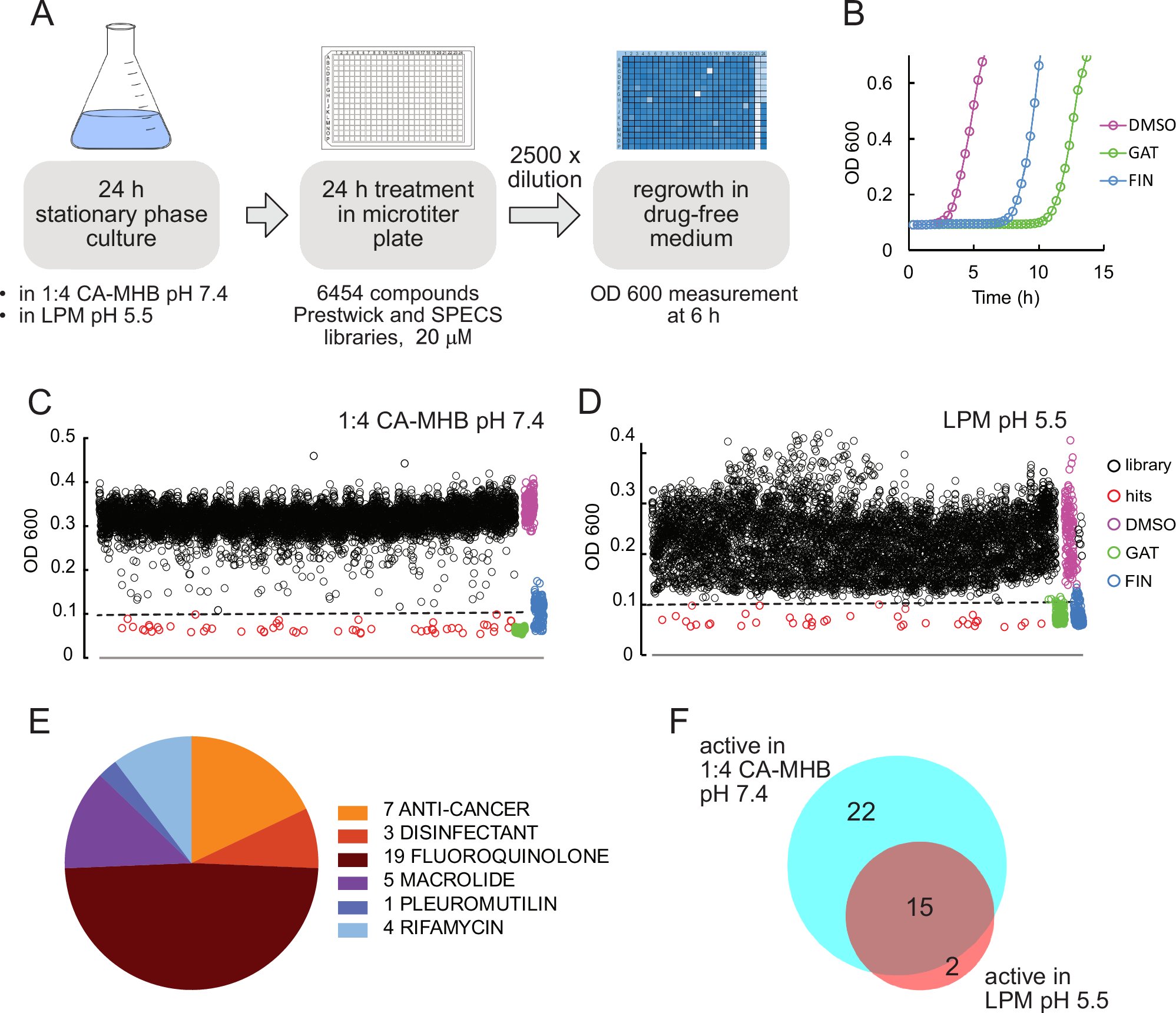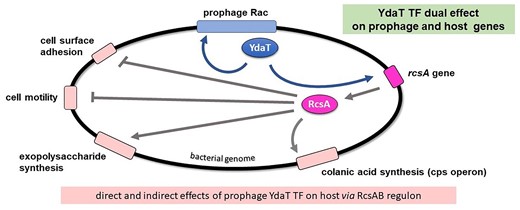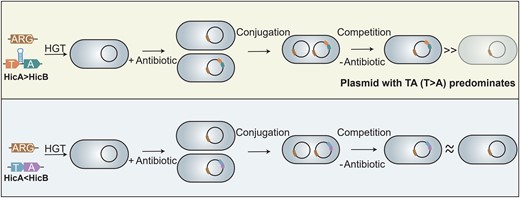
Cryptic Prophage (phage 🧬🪤 in 🦠)
@crypticprophage
TAs 🛑 phages ('96), phages ➡️ persisters, E. c. CRISPR 🛑 cryptic prophages, indole=interkingdom signal, AI2 incr biofilm & TqsA exports (Prof. Thomas K. Wood)
biorxiv.org/content/10.110… We found ubiquitous recombinases from cryptic prophages may invert DNA to form new, chimeric proteins that inhibit phages by blocking adsorption. Congratulations to Joy, Daniel, Rodolfo and Michael for their strong efforts.
biorxiv.org/content/10.110… New type IX toxin/antitoxin system, anti-phage system Clover, where antitoxin produces 5′-triphosphothymidyl-3′5′-thymidine to inhibit the dGTPase toxin.
Buried my best friend of 18 years Saturday morning. Kept me alive during COVID. 'What a good cat you art. Tantalum is a great cat!"

sciencedirect.com/science/articl… More proof that toxin/antitoxins are the most prevalent anti-phage system, this time in temperate phages against other temperate phages (cementing the 1996 uncited paradigm that TAs inhibit phages, doi: 10.1128/jb.178.7.2044-2050.1996).
Hello phage community! We’re looking for a T-series E. coli K-12 phage (e.g., T2, T4, T7) engineered to express a red fluorescent protein (e.g., mCherry) fused to a capsid or tail protein — to track intact virions by microscopy.
sciencedirect.com/science/articl… 🧐Merchants of death: 131 (!) claims of phage inhibition of host immune systems inducing host-invoked 'death', all based on IPTG-induced promoter over-production results. Hence, 'death' here is likely not physiologically relevant.
doi.org/10.7554/eLife.… More evidence few 'spontaneous persisters' (2004 artifact of inoculum carryover?) but persisters are primarily induced by their environment (via elegant regulation). That's why ceasing protein production can be used to make a ~100% persister population.
biorxiv.org/content/10.110… Additional proof E. coli K-12 CRISPR-Cas is active, as we discovered (inhibits cryptic prophages, ref 61 here).
science.org/doi/10.1126/sc… Yup, more evidence TAs are anti-phage systems that cause dormancy as the most-prevalent anti-phage system in chromosomal integrons.
doi.org/10.1128/ecosal… Balanced review from Ed Dudley considering whether CRISPR-Cas is active in E. coli K-12. We discovered it silences lysis transcripts from cryptic prophages in 2022 (doi 10.3390/ijms232416195).
doi.org/10.1038/s44259… Mitomycin C found effective again against stationary-phase UPEC . Study builds on high-throughput screening of 10,000 pharmacological compounds for the first time (in 2019) against true persisters that identified indigoid NPIMA (DOI: 10.1002/bit.27078).

doi.org/10.1038/s41467… Another example of phage defense by TAs via transcription shutoff confirming the 1996 Hok/sok paradigm. This time, probable type IV ShoT/ShoA inhibits phage by altering purine metabolism via ShoT phosphoribosyltransferase activity.

nature.com/articles/s4156… On the basis of sex: another important link of toxin/antitoxin systems to the stress response. Here, P. aeruginosa-derived NQNO inhibits N. gonorrhoeae by increasing oxidative stress, activating Zeta1 toxin, without affecting vaginal lactobacilli.

biorxiv.org/content/10.110… Persisters probably do allow for CRISPR adaptation, but this work has nothing to do with persisters since Fig. 1 shows cells are simply dying and never reach anything like a plateau. So another intepretation is that dying cells increase CRISPR adaptation.
academic.oup.com/nar/article/53… Lovely work showing the expanding role of cryptic prophages in host physiology. Here, cryptic prophage rac produces transcription factor YdaT to up-regulate host biofilm-related phenotypes (e.g., EPS, colanic acid) and reduce motility.

academic.oup.com/nar/article/53… 😀"Reprogramming the regulatory circuits of TA operons impacts plasmid occupancy in the microbial community and provides critical targets for combating antibiotic resistance."

sciencedirect.com/science/articl… 🧐106 claims of cell death ('Abi', 'PCD', 'abortosome', 'death') upon phage induction of Hailibu system (DUR4297 DNase + HerA ATPase), but extraordinarily weak data to support claims: just system fails 3 MOI but works at 100X less phage.
doi.org/10.1016/j.cell… Chicken or egg? Looks like toxin/antitoxins were first, and a type III TA system (HEPN RNase toxin inhibited by ncRNA) evolved into CRISPR-Cas13 (RNA-degrading).